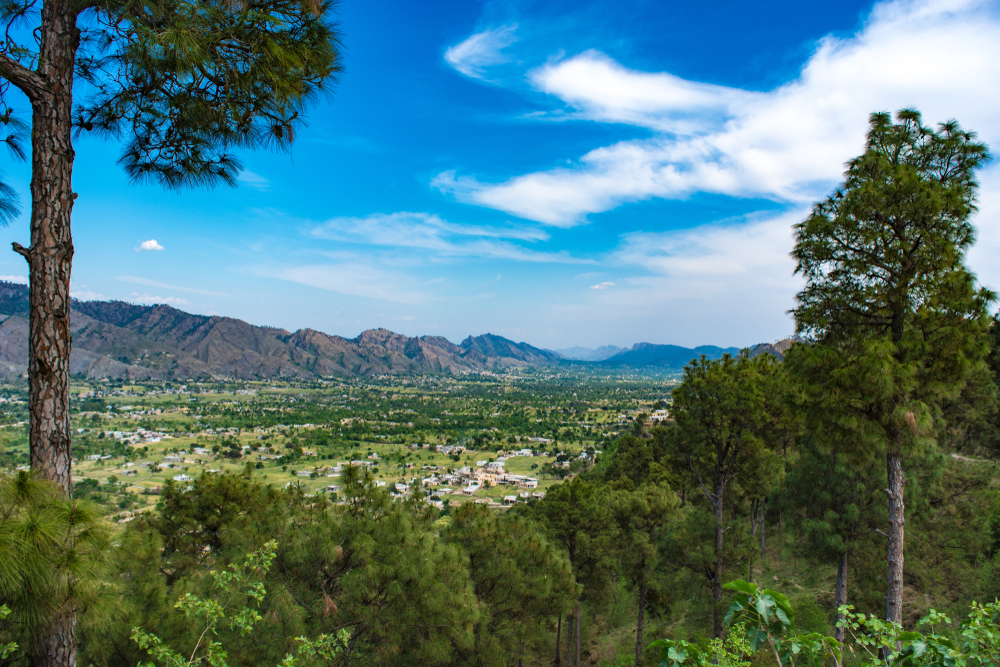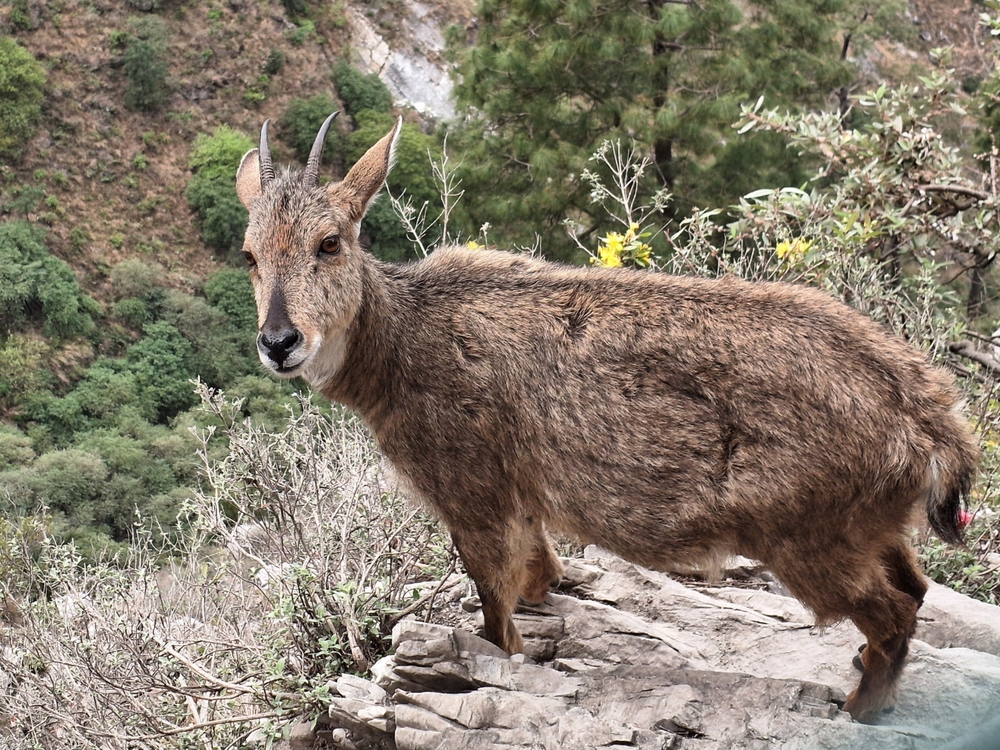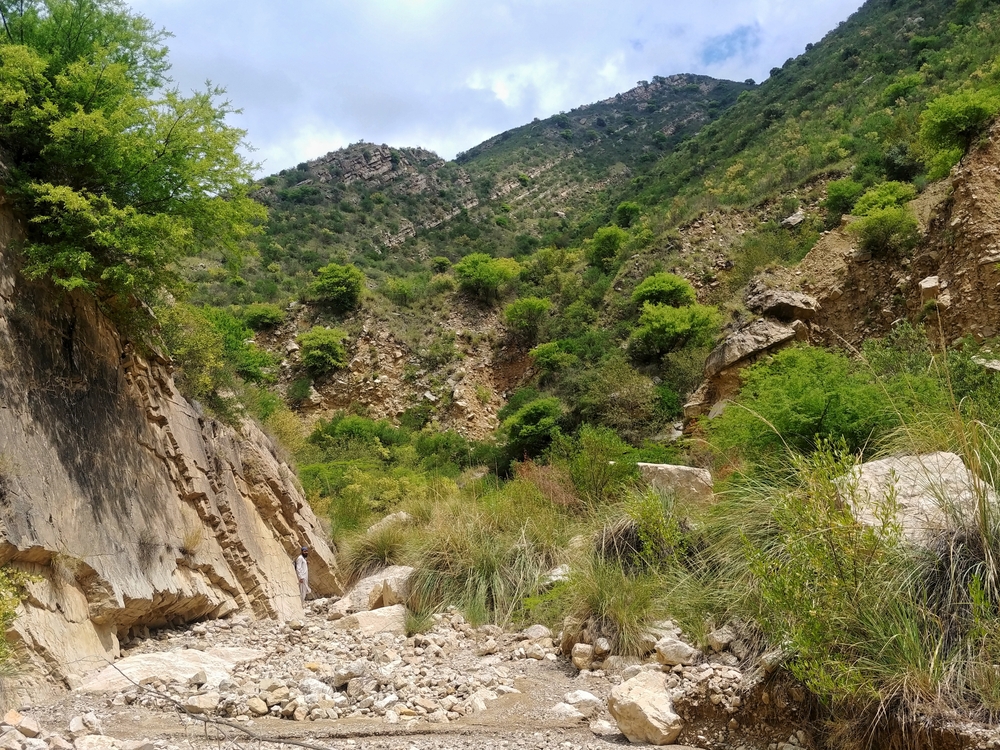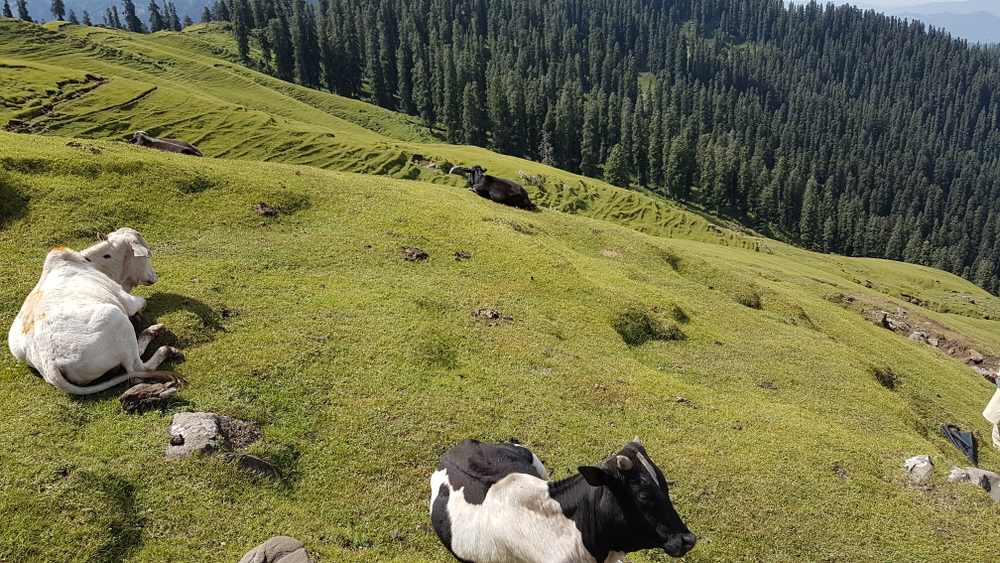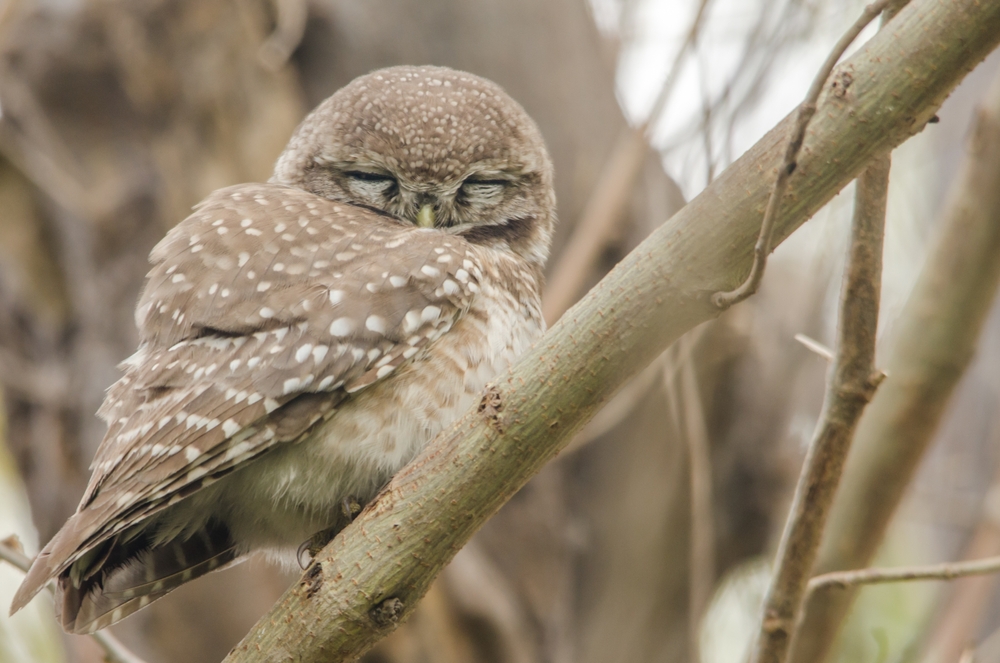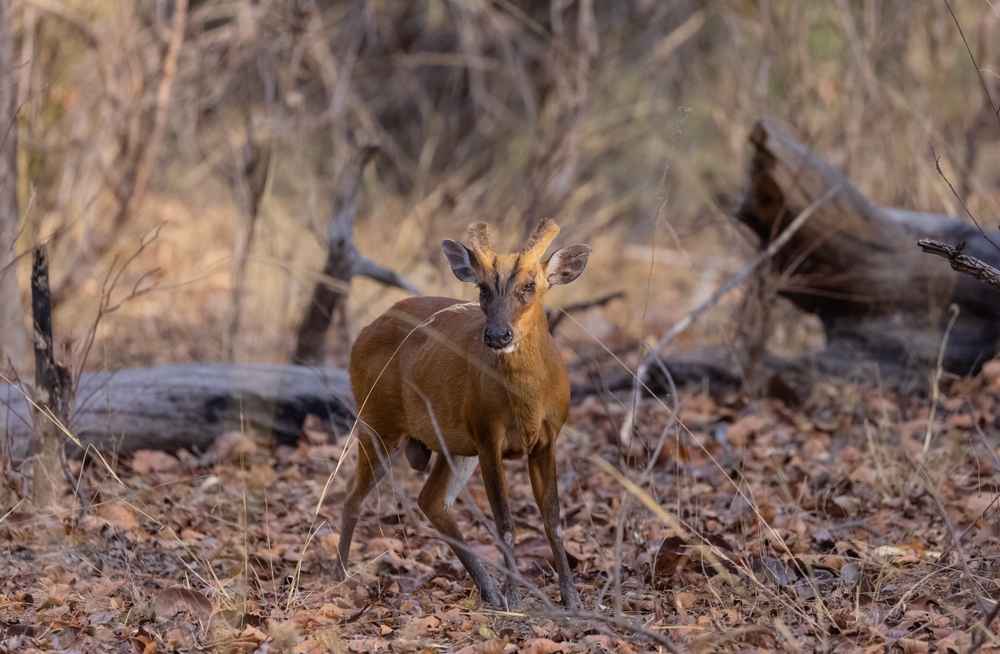Tolipir Overview
Tolipir National Park, locally known as تولی پیر نیشنل پارک, is a protected area located in Rawalakot Tehsil of Poonch District in Azad Jammu and Kashmir, Pakistan. Covering approximately 20 square miles (52 square kilometers), the park lies at an elevation of about 8,600 feet (2,621 meters) and was officially designated in 2005.
Nestled in the western Himalayan range, the park was established to conserve its rich biodiversity and scenic montane landscape. Its cool climate, lush meadows, and panoramic viewpoints have made it one of the most treasured natural attractions in the region.
The terrain of Tolipir National Park is defined by alpine grasslands, forested ridges, and sloping valleys that offer sweeping views of the surrounding Poonch region. The Tolipir peak, the highest point in the northeastern part of Rawalakot, serves as a focal landmark and gives rise to three mountain ridges that spread across the landscape.
Vegetation includes dense groves of oak, pine, and other temperate tree species. During spring and early summer, colorful wildflowers emerge, transforming the rolling meadows into a vibrant mosaic that attracts nature lovers and photographers.
Tolipir National Park is home to several important species of wildlife native to the western Himalayan region. Mammals found in the park include the common leopard, Himalayan black bear, wild boar, and foxes. The park’s altitude and forest cover also support a variety of bat species, including those dependent on the area’s rocky outcrops and woodland habitats.
Birdlife is particularly diverse, with species such as the Western tragopan, cheer pheasant, Himalayan monal, and chukar partridge inhabiting the wooded slopes and open fields. Reptiles like the rock agama and other lizards are often observed on sunlit rocks and along trails.
The most iconic feature of the park is the Tolipir hilltop, a broad grassy summit that provides a panoramic view of the surrounding valleys, including Abbaspur, Bagh, and the winding Poonch River.
The remains of an old Sufi shrine sit at the summit, adding cultural depth to the natural beauty and attracting spiritual visitors as well as trekkers. This combination of natural grandeur and cultural reverence makes Tolipir both a scenic and symbolic location.
Visitors can experience Tolipir National Park through hiking, sightseeing, nature photography, and birdwatching. The plateau’s accessibility during the warmer months makes it a popular spot for day trips, picnics, and guided nature walks.
Trails meander through forests and meadows, offering opportunities to encounter wildlife and take in the dramatic views. In winter, snowfall limits access, but in summer, the area becomes a cool and refreshing escape from the lower plains.
Conservation efforts in Tolipir National Park are focused on preserving endangered wildlife, managing natural resources, and promoting sustainable tourism. The park faces challenges such as overgrazing, deforestation, and disturbance from unregulated tourism.
Despite these pressures, recent efforts have aimed to engage local communities in protection and stewardship initiatives. With increased attention from environmental agencies and researchers, the park is slowly building a foundation for long-term ecological sustainability and responsible visitor engagement.








































































